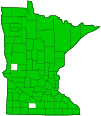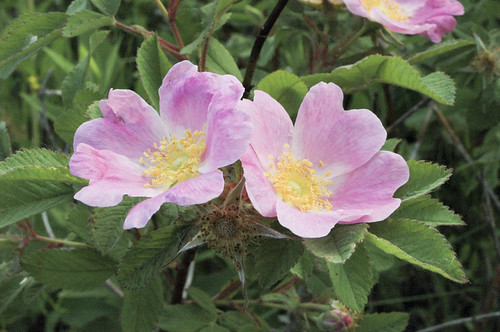smooth rose
(Rosa blanda var. blanda)
Conservation • Wetland • Description • Habitat • Ecology • Use • Distribution • Taxonomy
Description |
||
Smooth rose is a 36″ to 48″ tall, erect, perennial shrub that rises on a single stem or a tight cluster of 2 to 4 stems from a root crown and rhizomes. It often forms loose colonies. The stems are erect, slender, and weak. First-year stems and branches are reddish-brown to dark purplish-brown and have no prickles. As they age they become gray and rough and the lower portion of the stem develops slender, straight prickles. The upper portion of the plant remains relatively free of prickles. The leaves are alternate, deciduous, 2⅜″ to 3½″ long, and 2″ to 2¾″ wide. They are on hairy, ⅝″ to1 3 ⁄16″ long leaf stalks. At the base of the leaf stalk is a pair of leaf-like stipules that are fused to the base of the leaf stalk. The stipules are untoothed or may have a few glandular teeth above the middle. The leaves are pinnately divided into usually 7, sometimes 5 or 9, leaflets. The leaflets are elliptical to inversely egg-shaped, 1″ to 1 9 ⁄16″ long, and ⅝″ to ⅞″ wide. They are angled or rounded at the base and blunt or rounded at the tip. The upper surface is dark green, dull, and hairless. The lower surface is paler green and softly hairy. The margins are singly toothed with 10 to 17 sharp, forward-pointing teeth per side. The lower quarter of the margin is untoothed. The inflorescence is a solitary flower or cluster of 2 to 4 flowers at the ends of lateral branches of woody, previous year’s stems. The flowers are 1½″ to 2⅜″ in diameter. They are on hairless, ⅜″ to ¾″ long stalks. There are 5 green, ⅝″ to 1″ long, 1 ⁄16″ to ⅛″ wide sepals; 5 pink or reddish, ¾″ to 1 3 ⁄16″ long and wide petals; and numerous stamens and styles. The hypanthium is hairless. The fruit is an achene surrounded by the mature floral tube (hip). The hip is red, nearly spherical to egg-shaped, berry-like, and ⅜″ to ¾″ in diameter. It matures in early August to mid-September. |
||
Height |
||
36″ to 48″ |
||
Flower Color |
||
Pink or reddish |
||
Similar Species |
||
| Other roses have prickles throughout, including on new growth. | ||
Habitat |
||
Dry to moderate moisture. Prairies, open woodlands, forest margins, thickets, dunes, fencerows, roadsides, railroads. Full to partial sun. |
||
Ecology |
||
Flowering |
||
Early June to Late June |
||
Pests and Diseases |
||
Spiny rose gall wasp (Diplolepis bicolor) produces a large, spine-covered gall that may completely engulf a leaflet. |
||
Use |
||
|
||
Distribution |
||||
|
Sources |
|||
| 7/5/2022 | ||||
Nativity |
||||
Native |
||||
Occurrence |
||||
Common |
||||
Taxonomy |
|||
| Kingdom | Plantae (Plants) | ||
| Division | Tracheophyta (Vascular Plants) | ||
| Subdivision | Spermatophytina (Seed Plants) | ||
| Class | Magnoliopsida (Dicots) | ||
Order |
Rosales (Roses, Elms, Figs, and Allies) | ||
Family |
Rosaceae (Rose) | ||
| Subfamily | Rosoideae (Brambles, Roses, Strawberries, and Allies) | ||
| Tribe | Roseae (Rose) | ||
Genus |
Rosa (rose) | ||
| Subgenus | Rosa | ||
| Section | Rosa | ||
| Species | Rosa blanda (smooth rose) | ||
Subordinate Taxa |
|||
|
|||
Synonyms |
|||
Rosa blanda var. carpohispida Rosa rousseauiorum Rosa subblanda Rosa williamsii |
|||
Common Names |
|||
meadow rose prairie rose smooth rose smooth wild rose |
|||
Glossary
Achene
A dry, one-chambered, single-seeded seed capsule, formed from a single carpel, with the seed attached to the membranous outer layer (wall) only by the seed stalk; the wall, formed entirely from the wall of the superior ovary, does not split open at maturity, but relies on decay or predation to release the contents.
Hypanthium
A cup-like tubular structure of a flower formed from the fused bases of sepals, petals, and stamens, that surrounds the pistil. Its presence is diagnostic of many families, including Rose, Gooseberry, and Pea.
Pinnate
On a compound leaf, having the leaflets arranged on opposite sides of a common stalk. On a bryophyte, having branches evenly arranged on opposite sides of a stem.
Sepal
An outer floral leaf, usually green but sometimes colored, at the base of a flower.
Stipule
A small, leaf-like, scale-like, glandular, or rarely spiny appendage found at the base of a leaf stalk, usually occurring in pairs and usually dropping soon.
Visitor Photos |
|||||
Share your photo of this plant. |
|||||
| This button not working for you? Simply email us at info@MinnesotaSeasons.com. Attach one or more photos and, if you like, a caption. |
|||||
Luciearl |
|||||
Don’t remember seeing this with so much color in previous years. Found in ditch. |
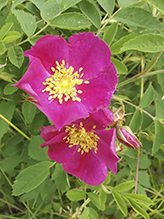 |
||||
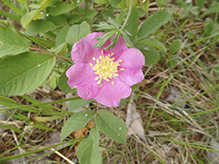 |
|||||
Nancy Falkum |
|||||
Hairy Puccoon, Rose, and June Grass |
|||||
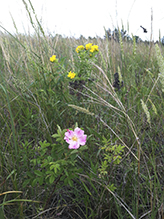 |
|||||
Dan W. Andree |
|||||
Wild Roses... While out in the woods I noticed a sweet smell and came upon some wild roses. They were in a nice setting with some ferns etc. |
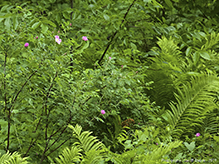 |
||||
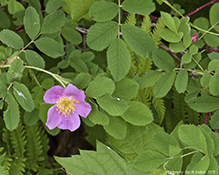 |
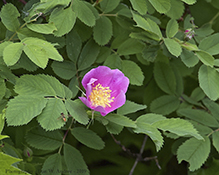 |
||||
MinnesotaSeasons.com Photos |
|||||
Plant |
|||||
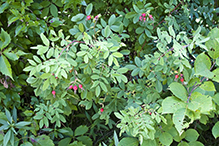 |
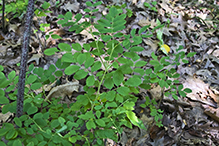 |
||||
Flower |
|||||
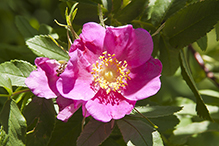 |
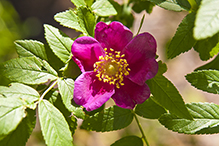 |
||||
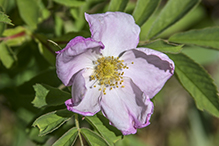 |
|||||
Leaves |
|||||
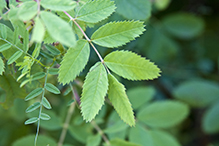 |
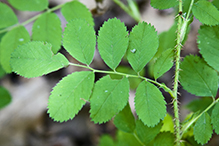 |
||||
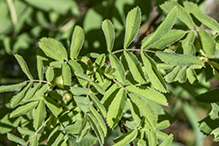 |
|||||
Stem |
|||||
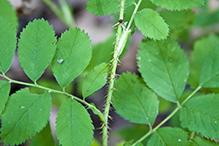 |
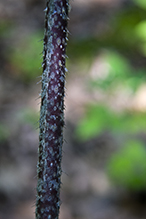 |
||||
Infructescence |
|||||
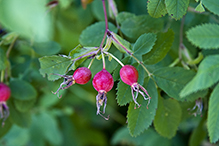 |
|||||
Fruit |
|||||
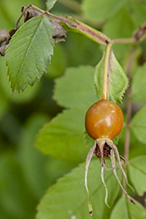 |
|||||

Visitor Videos |
|||
Share your video of this plant. |
|||
| This button not working for you? Simply email us at info@MinnesotaSeasons.com. Attach a video, a YouTube link, or a cloud storage link. |
|||
Other Videos |
|||

Visitor Sightings |
|||||
Report a sighting of this plant. |
|||||
| This button not working for you? Simply email us at info@MinnesotaSeasons.com. Be sure to include a location. |
|||||
| Luciearl 6/28/2022 |
Location: Fairview Twp. Don’t remember seeing this with so much color in previous years. Found in ditch. |
 |
|||
| Luciearl 6/18/2020 |
Location: Fairview Twp, Cass County |
 |
|||
| Dan W. Andree Spring 2019 |
Location: rural Norman Co., Mn. While out in the woods I noticed a sweet smell and came upon some wild roses. They were in a nice setting with some ferns etc. |
 |
|||
| Nancy Falkum 6/10/2017 |
Location: Kellogg Weaver Dunes SNA, Weaver Dunes Unit Hairy Puccoon, Rose, and June Grass |
 |
|||
MinnesotaSeasons.com Sightings |
|||||

|
Created: Last Updated: © MinnesotaSeasons.com. All rights reserved. |
